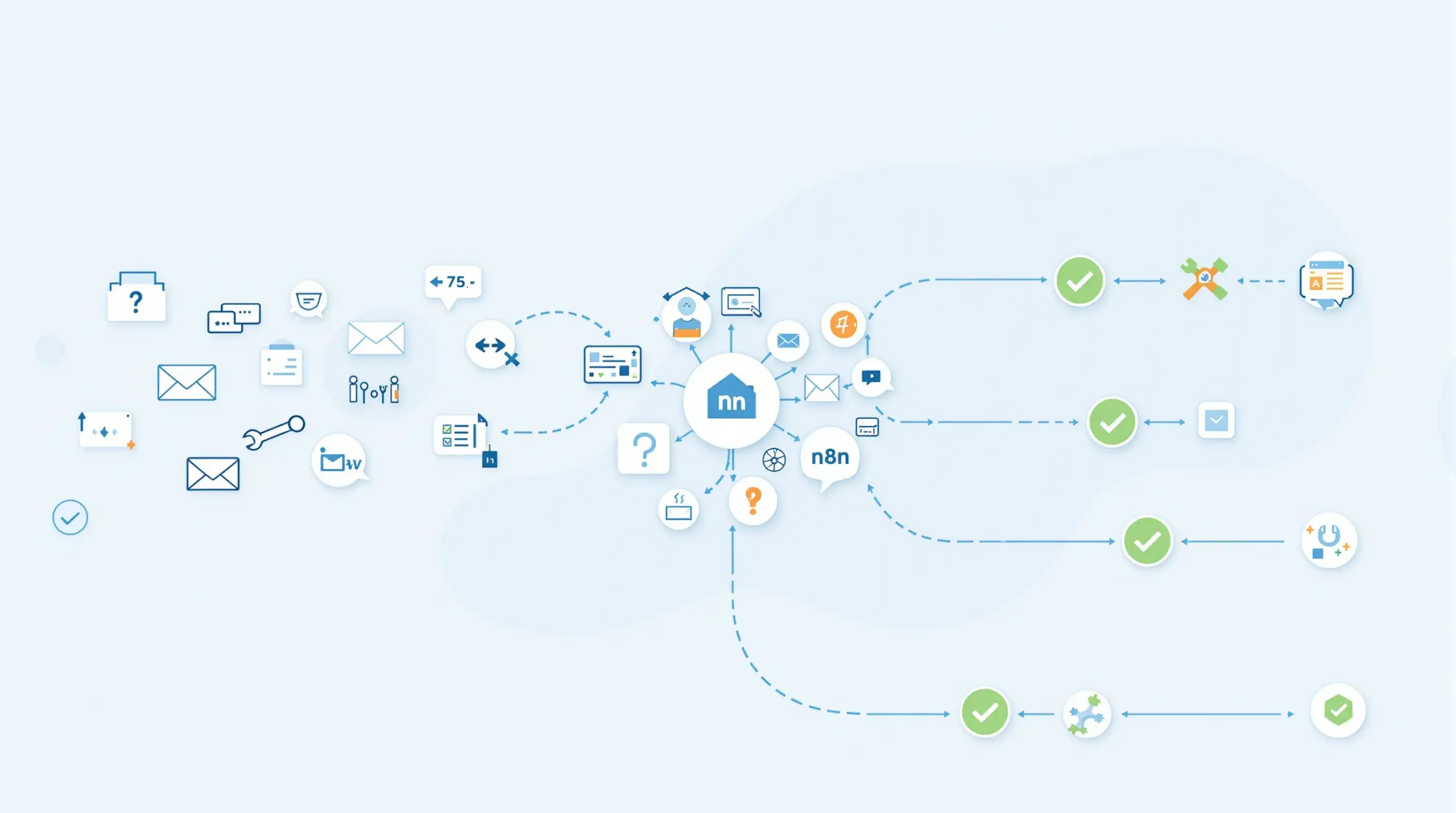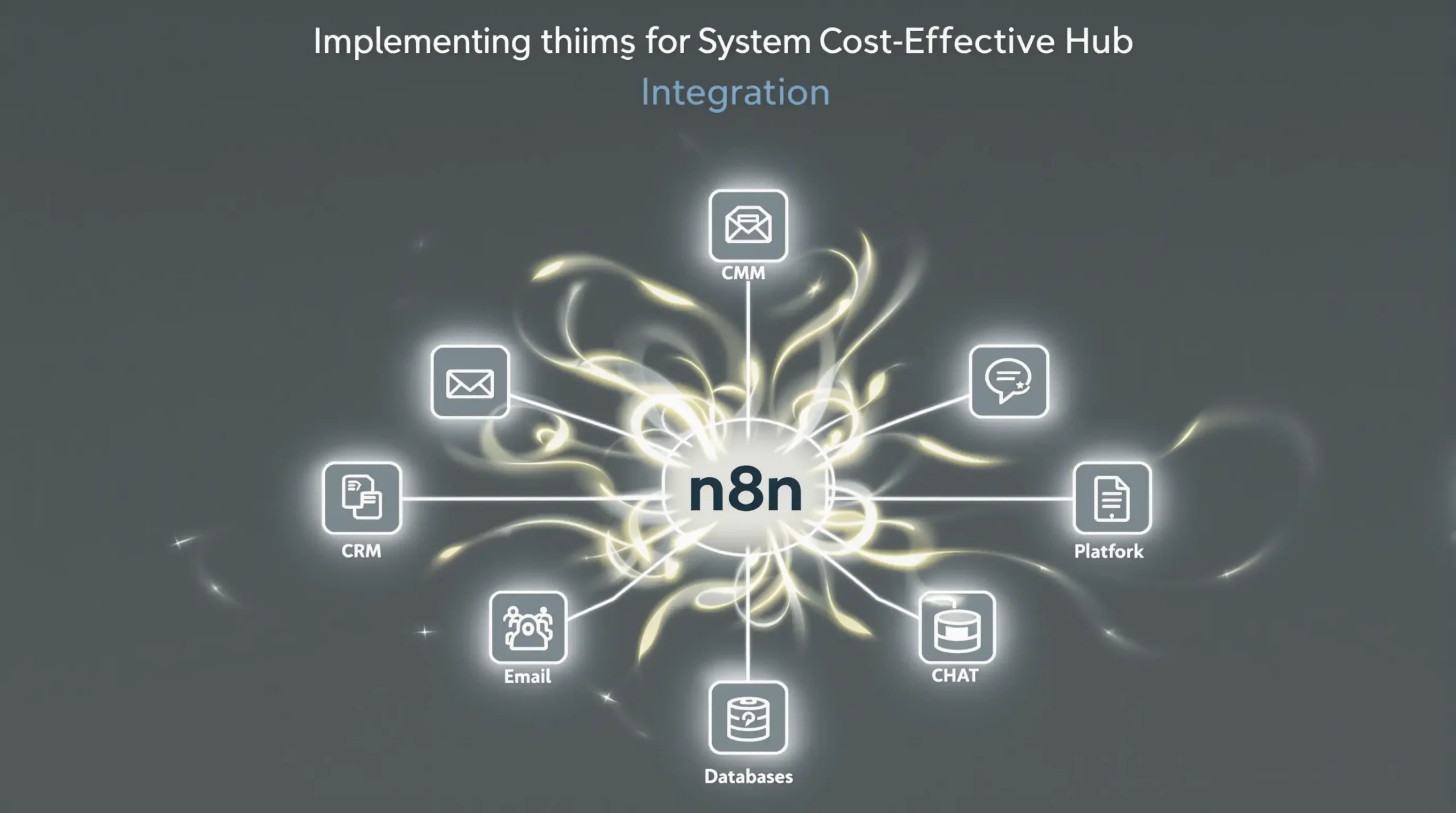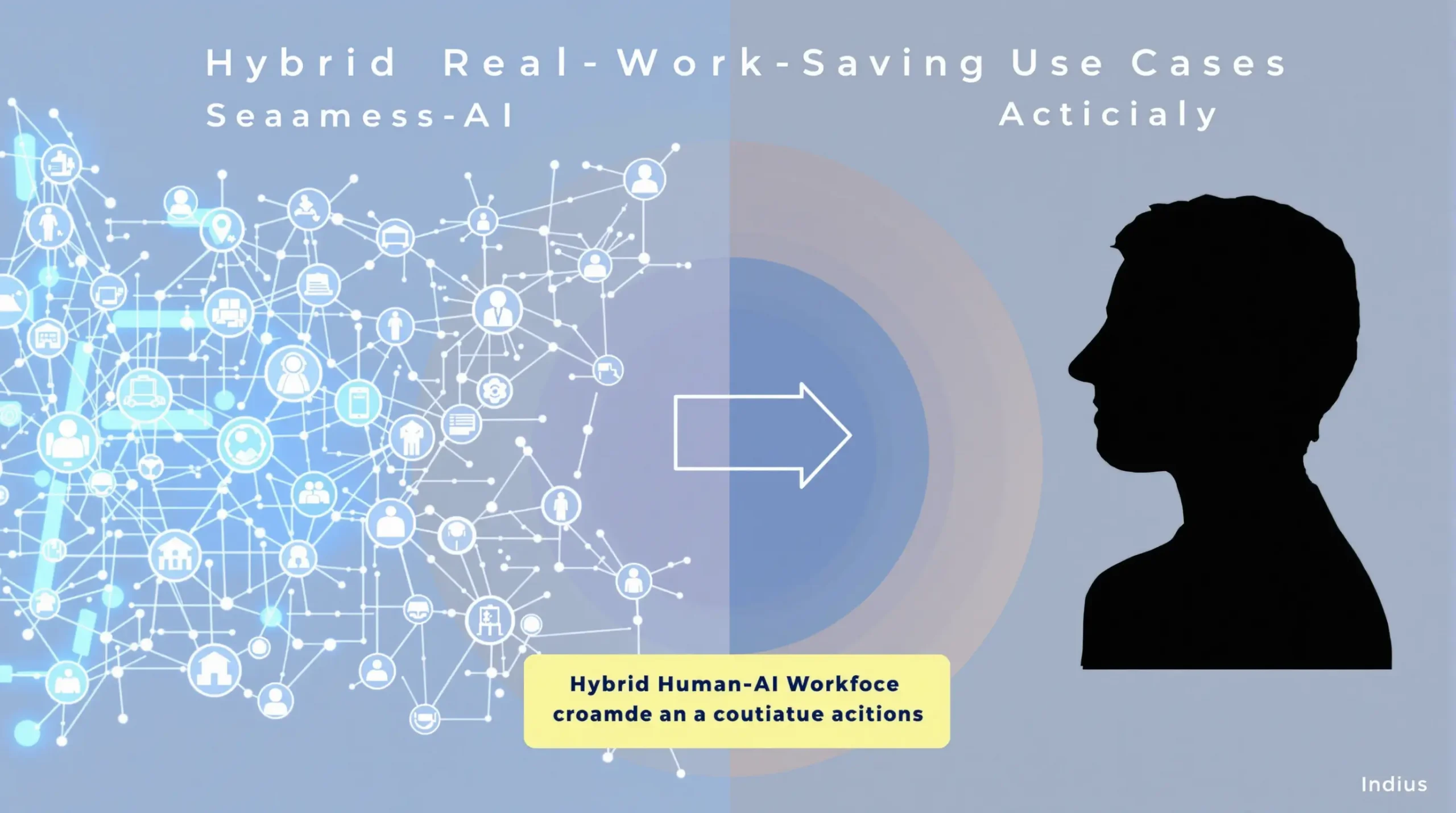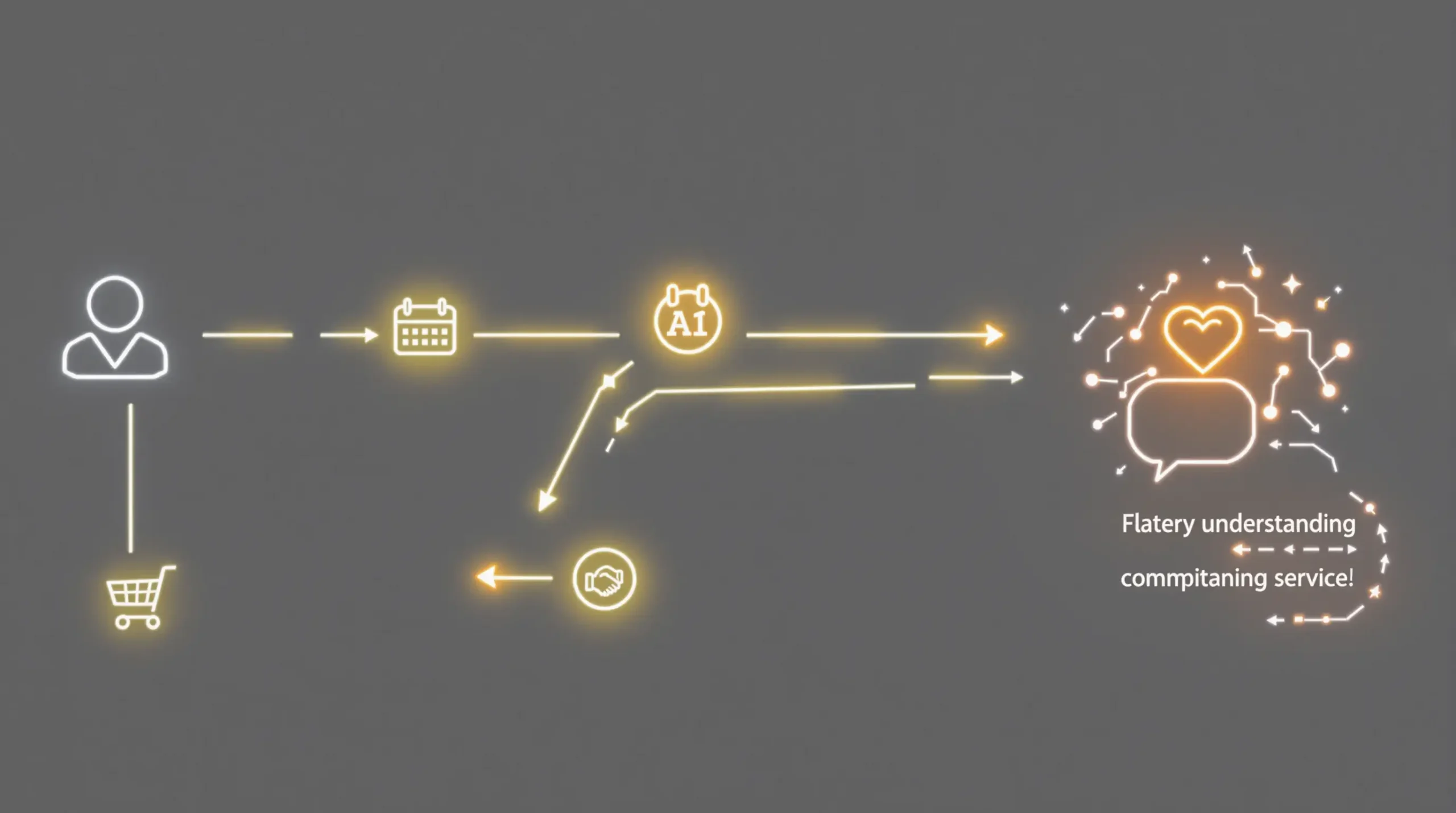Reducing Customer Support Costs with n8n and AI Automation
Estimated Reading Time: 8 minutes
Key Takeaways
- n8n’s workflow automation combines with AI to significantly reduce customer support costs
- Implement hybrid AI-human support systems for optimal cost efficiency
- Customize n8n workflows for your specific business needs and support requirements
- Properly implemented AI automation can maintain or improve support quality while reducing expenses
- Start with small automation projects and scale gradually based on performance
Table of Contents
- Understanding Customer Support Costs
- How n8n and AI Automation Reduce Support Costs
- Implementing Cost-Effective Support with n8n
- Hybrid AI-Human Support Models
- Maintaining Service Quality While Reducing Costs
- Measuring ROI of AI-Powered Support
- Future Trends in AI-Driven Support

Understanding Customer Support Costs
Customer support represents a significant expense for businesses of all sizes. Traditional support models rely heavily on human agents, creating substantial operational costs. A typical customer support department incurs expenses through agent salaries, training, infrastructure, and technology tools.
For many businesses, support costs can range from 15-35% of operational expenses. Each customer interaction has an associated cost—a single customer service call can cost between $7-$13 on average, while resolving a complex issue might cost $35 or more. Email support typically costs less per interaction but still requires significant human involvement.
The challenge for modern businesses is maintaining high-quality support while managing these costs effectively. This is where automation through platforms like n8n integrated with AI offers transformative potential.
When properly implemented, AI-driven support automation can reduce per-interaction costs by 30-50% while maintaining or even improving customer satisfaction levels.
How n8n and AI Automation Reduce Support Costs
n8n’s workflow automation platform, when combined with modern AI capabilities, creates powerful opportunities for cost reduction in customer support operations. Here are the key mechanisms through which these technologies drive savings:
Automated Ticket Routing and Classification
n8n workflows can automatically analyze incoming support requests, categorize them by topic, urgency, and complexity, then route them to the appropriate department or resolution path. This eliminates manual triage work and reduces ticket handling time by 25-40%.
AI-Powered Self-Service Solutions
By integrating AI language models with n8n, businesses can create intelligent self-service systems. These systems can:
- Respond to common questions automatically
- Guide customers through troubleshooting processes
- Provide product information and usage tips
- Process simple transactions without human intervention
Research shows that each customer interaction diverted to self-service channels saves $7-10 on average.

Implementing Cost-Effective Support with n8n
Successfully implementing n8n for cost-effective customer support requires a strategic approach. Here’s a practical implementation roadmap:
1. Audit Existing Support Processes
Begin by mapping your current support workflows, identifying repetitive tasks and common customer inquiries. Categorize support interactions by complexity, frequency, and resolution time to prioritize automation opportunities.
2. Design n8n Workflows for High-Value Opportunities
Create targeted n8n workflows for your highest-impact support processes. Some effective starting points include:
- Ticket categorization and routing workflows
- Automated follow-up sequences
- Knowledge base integration for agent assistance
- Customer data enrichment to provide context
3. Integrate AI Capabilities
Connect your n8n workflows to AI services using the platform’s extensive integration options. Key AI integrations include:
- Natural language processing for understanding customer inquiries
- Intent recognition to determine what customers need
- Sentiment analysis to flag urgent or sensitive issues
- AI-powered response generation for common questions
4. Start Small and Scale
Begin with a pilot project focusing on a specific support function or customer segment. Measure results carefully before expanding. This approach allows you to refine workflows and demonstrate ROI before larger-scale implementation.
Hybrid AI-Human Support Models
The most effective approach to reducing support costs while maintaining quality is implementing a hybrid model that combines AI automation with human expertise.

Tiered Support Structure
Create a tiered support architecture where:
- Level 0: Self-service resources and AI-powered knowledge bases handle basic inquiries
- Level 1: AI chatbots and automated workflows manage common requests and gather initial information
- Level 2: Human agents assisted by AI tools handle more complex or sensitive issues
- Level 3: Specialized human experts address the most complex problems
This approach ensures that expensive human resources focus on high-value interactions where their expertise is truly needed.
AI Augmentation for Human Agents
Use n8n to create workflows that augment human agent capabilities:
- Real-time recommendation systems that suggest responses
- Automated detection of customer sentiment to flag issues needing special attention
- Knowledge retrieval systems that instantly provide relevant information
- Post-interaction analysis to identify training opportunities
This augmentation allows fewer agents to handle more interactions effectively, driving significant cost savings while maintaining quality.
Maintaining Service Quality While Reducing Costs
A common concern when implementing AI-powered support automation is potential degradation in service quality. However, well-designed n8n workflows can actually enhance customer experience while reducing costs.

Quality Assurance Workflows
Develop n8n workflows specifically for monitoring and maintaining service quality:
- Automated CSAT (Customer Satisfaction) surveys after AI-handled interactions
- Analysis of customer feedback to identify improvement areas
- Regular testing of AI responses against quality standards
- Automatic escalation of interactions when quality thresholds aren’t met
Continuous Improvement Mechanisms
Implement feedback loops to continuously enhance your automation:
- Machine learning models that improve with each interaction
- Regular review of AI handling of edge cases
- Workflows that identify new automation opportunities based on support patterns
- Periodic retraining of AI models with new data and scenarios
Measuring ROI of AI-Powered Support
To justify investment in n8n and AI for customer support, establish clear metrics for measuring return on investment:
Cost Metrics
- Cost per contact (comparing traditional vs. AI-handled)
- Total support operation expenses over time
- Staffing costs relative to customer base growth
- Technology and implementation expenses
Performance Metrics
- First contact resolution rates
- Average handling time
- Customer satisfaction scores
- Self-service adoption rates
- Ticket deflection percentages
ROI Calculation Framework
When calculating ROI, consider both direct and indirect benefits:
- Direct savings: Reduced staffing needs, lower cost per interaction
- Indirect benefits: Improved customer satisfaction, higher retention rates
- Scalability value: Ability to handle growth without proportional cost increases
Most businesses implementing AI-powered support with n8n see positive ROI within 3-6 months, with 2-4x return on investment within the first year.
Future Trends in AI-Driven Support
The landscape of AI-powered customer support continues to evolve rapidly. Staying aware of emerging trends helps businesses prepare for future cost optimization opportunities:

Conversational AI Advancements
Next-generation language models will enable more natural, context-aware conversations. n8n workflows will be able to leverage these models to handle increasingly complex customer interactions without human intervention.
Predictive Support
AI systems will increasingly predict customer issues before they occur. n8n workflows can be designed to trigger proactive outreach when potential problems are detected, preventing support tickets altogether.
Emotion and Intent Recognition
Advanced AI will better understand customer emotions and intentions. This capability, when integrated with n8n, will allow for more nuanced routing decisions and personalized response generation.
Autonomous Resolution Capabilities
Future AI systems will gain the ability to take limited actions on behalf of customers, like processing returns, applying credits, or making account changes. n8n workflows will orchestrate these actions with appropriate safeguards.
Need expert help with AI customer support for your business? Contact us for tailored solutions. You can also test our AI customer robot developed for Shopify here: Test our AI Chatbot.

0 Comments